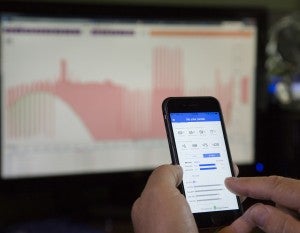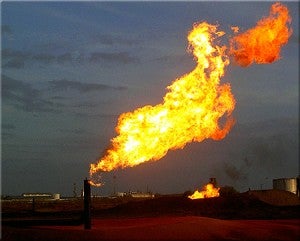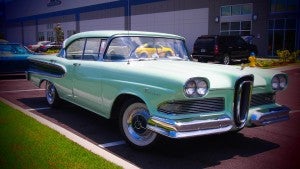 Methane leaking from pipes before natural gas is delivered to customers can have a large, harmful impact on the climate. This idea was first brought to light in a major scientific paper published in 2012, and supported by numerous papers since. For California, a climate leader, and a state that consumes 10 percent of the nation’s natural gas supply – this leakage epiphany was and continues to be a very big deal.
Methane leaking from pipes before natural gas is delivered to customers can have a large, harmful impact on the climate. This idea was first brought to light in a major scientific paper published in 2012, and supported by numerous papers since. For California, a climate leader, and a state that consumes 10 percent of the nation’s natural gas supply – this leakage epiphany was and continues to be a very big deal.
Last week, after years of science, politics, and policy deliberations, the state took one of its boldest steps yet in the quest to cut methane escaping from its vast network of aging pipes underneath city streets – a move that should result in a new direction for California, and likely for utilities across the nation.
That move, taking the form of a 28-page report and staff recommendations from California Public Utilities Commission (CPUC) as part of the implementation of a 2014 law (SB 1371), proposes to require utilities in California to use specific best practices to find, fix, and prevent leaks from the natural gas distribution system. Read More










 By: David Kolata, Executive Director of Citizens Utility Board, and Andrew Barbeau, President of The Accelerate Group, LLC, and senior clean energy consultant to EDF
By: David Kolata, Executive Director of Citizens Utility Board, and Andrew Barbeau, President of The Accelerate Group, LLC, and senior clean energy consultant to EDF
 Ford launched the Edsel in the late 1950’s as a new, top-of-the-line luxury car. But the project was doomed from the start because the car’s design was outdated and shunned by customers. Ford closed production after only three years, losing
Ford launched the Edsel in the late 1950’s as a new, top-of-the-line luxury car. But the project was doomed from the start because the car’s design was outdated and shunned by customers. Ford closed production after only three years, losing  A recent decision by New Jersey utility regulators to standardize energy efficiency procedures for commercial buildings could have a major impact – not just on the Garden State – but on energy markets nationwide.
A recent decision by New Jersey utility regulators to standardize energy efficiency procedures for commercial buildings could have a major impact – not just on the Garden State – but on energy markets nationwide. Do you remember where were you were and what you were doing the day the first iPhone was released? What about the moment when Senator Obama became a real contender for the White House? It is rare to experience a pivotal moment in history, and appreciate its significance in real time.
Do you remember where were you were and what you were doing the day the first iPhone was released? What about the moment when Senator Obama became a real contender for the White House? It is rare to experience a pivotal moment in history, and appreciate its significance in real time.